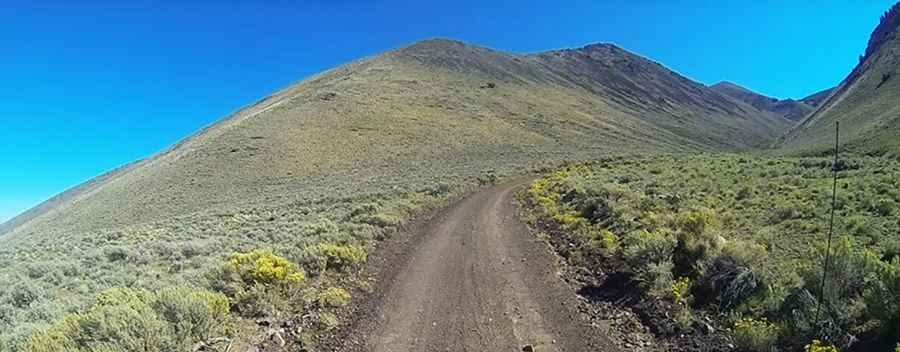How to get by car to Big Southern Butte in Idaho?
Big Southern Butte is a volcanic dome cinder cone with an elevation of 2,308m (7,572ft) above sea level located in Butte County, in the US state of Idaho.

Where is Big Southern Butte?
It’s located in southern Butte County, in the southeastern part of Idaho.
Why was the road to Big Southern Butte in Idaho built?
The access road was originally constructed to reach a fire lookout on the summit. The lookout was last manned in 2004 and was removed after that. The BLM continues to maintain the road, likely due to electronic installations at the summit.
Is the road to Big Southern Butte in Idaho unpaved?
Situated above the upper Snake River Plain, the volcanic dome cinder cone spans approximately 4 km in width and rises 800 m. The road to the summit is entirely unpaved. While it's open to full-sized vehicles, it's best traversed by ATV or UTV. Generally, the road is in good condition, but it can be steep in some sections. Having at least some ground clearance and 4WD are recommended most of the time. There are sheer drop-offs, so it's not for those with a fear of heights. While most cell phones will have reception, there may be patches without coverage.
How long is the road to Big Southern Butte in Idaho?
The road to the summit spans 7.58 km (4.71 mi) and starts from Big Southern Butte Road. Over this distance, there's an elevation gain of 754 meters with an average gradient of 9.94%.
Is Big Southern Butte in Idaho worth a visit?
Located near the Craters of the Moon National Monument, the summit offers spectacular panoramic views. A 360-degree vista provides views ranging from the Tetons to the south hills of Twin Falls. You can also see the Smiley knob of the Pioneer Range, the Lost River Range, and the Lemhis, as well as the major summits of Southeast Idaho south of the Snake River.
Is the road to Big Southern Butte in Idaho open in winters?
The road is closed during winter. This trail winds through remote areas, so it's essential to come prepared. Bring ample food and water as there are no services.
When is the best time to drive to Big Southern Butte in Idaho?
Plan your visit accordingly. The best times to visit are from mid-May through October, but this depends on snow levels and road conditions. It's advisable to visit this area during cooler times since there's no shade on the route. Ambient temperatures can reach around 100 degrees during summer. Help might not be immediately accessible, so take precautions.
Pic&video: Russell Loveday